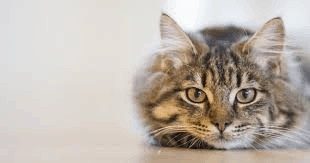fungal rhinitis in cats
Most cats with idiopathic chronic rhinitis are thought to have had viral FHV or FCV URT infections in early life although they may not manifest active viral infection as adults. Inflammation can be perpetuated in the absence of recrudescence of viral infection.
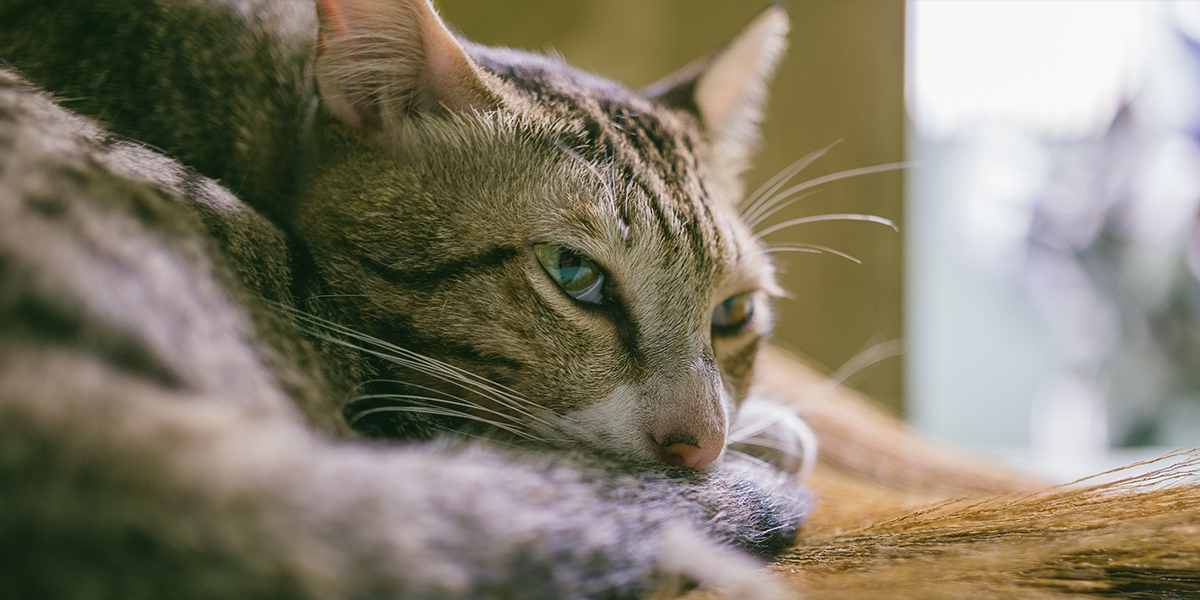
Chronic Upper Respiratory Tract Disease International Cat Care
Computed tomography CT imaging and.

. Viral rhinitis is especially prevalent in kittens. Rhinitis sinusitis or rhinosinusitis are not usually associated with bacterial infection but rather with viral fungal or parasitic disease. Candidiasis The yeast Candida is a normal part of the surface of the mucous membranes ears digestive and reproductive tracts but if the cat becomes immune suppressed due to chronic virus infections cancer therapy or diabetes.
Laryngeal paralysis can be ameliorated by performing a unilateral laryngeal tie-back. With prolonged inflammation bacterial infections are common. FHV and FCV replication occurs in the mucosa of the nasal septum nasal turbinates nasopharynx and tonsils.
Clinical signs included chronic mucopurulent nasal discharge epistaxis and mandibular lymphadenopathy. Brachycephalic feline breeds seem to be at increased risk for development of nasal aspergillosis-penicilliosis. 4 Transmission Pathogens enter through the oral and nasal conjunctiva.
The CT images of 10 cats ranging in age from 7 to 13 years were examined. The emphasis is on management not cure. Another serious cause of rhinitis in cats are fungi such as Cryptococcus.
Signs of fungal rhinitis include epistaxis sneezing mucopurulent nasal discharge and exophthalmous. Cats that have chronic virus infections cancer or diabetes are predisposed to this type of deep fungal infection. Fungal nasal and sinus inflammation may be caused by the fungi Cryptococcus neoformans relatively common in cats or Aspergillus subspecies and Penicillium subspecies both relatively rare in cats.
Ad Natural Herbal Remedy for the Relief of Rhinitis in Cats. Inflammation of a cats nose is referred to as rhinitis. Fungal rhinitis is uncommon in the cat and cases of nasal aspergillosis-penicilliosis have been rarely reported.
Cats with CRS tend to have destructive rhinitis with loss of turbinates. Signs of fungal rhinitis include epistaxis sneezing mucopurulent nasal discharge. Localized infection of the nasal or paranasal cavities caused by Aspergillus spp or Penicillium spp was diagnosed in 3 cats.
Cats with aspergillosis can display a mass effect or occasionally have cavitated rhinitis and fungal plaques similar to those in dogs with the condition. In cats the most common cause is cryptococcosis. The computed tomographic CT findings of fungal rhinitissinusitis in cats were characterized.
Rhinitis and Sinusitis in Cats. This such fungi are responsible for fungal rhinitis in cats and can also form granulomas in cats. Studies have shown that there is no significant difference in the detection of FHV-1 in cats with.
Sinu-Help for Cats Addresses Sinus Symptoms Including Runny Nose Sneezing Cough in Cats. Fungal rhinitis is uncommon in the cat and cases of nasal aspergillosis-penicilliosis have been rarely reported. Rhinitis is defined as inflammation of the mucous membranes of the nose.
This case demonstrates that histoplasmosis can present as chronic nasal disease in cats. Signs of fungal rhinitis include epistaxis sneezing mucopurulent nasal discharge and exophthalmous. Nasal aspergillosis was diagnosed in five cats cryptococcosis in three cats hyalohyphomycosis in one cat and trichosporonosis in one.
Viral infection FHV-1 or FCV is often implicated as the initiating cause of acute rhinitis however the pathogenesis of idiopathic chronic rhinitis is unknown. Fungal rhinitis and sinusitis in three cats. Signs of fungal rhinitis include epistaxis sneezing mucopurulent nasal discharge and exophthalmos.
Other causes of chronic rhinitis might be a fungal infection or allergies to elements of the environment such as smoke mold birds or bird feces detergents or other chemicals in the household. The mean age was 108 years and all were neutered males. Sinusitis is usually associated with diseases of the nasal cavity but is most often related to.
In dogs and cats it may be acute or chronic and may have a viral bacterial or allergic cause. Any underlying cause should be corrected. Sinusitis meanwhile refers to the inflammation in the nasal passages.
Brachycephalic feline breeds seem to be at increased risk for development of nasal aspergillosisepenicilliosis. Idiopathic chronic rhinosinusitis and nasal neoplasia are the most common causes of chronic nasal disease in cats1 Nasopharyngeal polyps fungal. Many different viral infections can infect our pets and lead to rhinitis and sinusitis.
For example the distemper virus aspergillosis can cause rhinosinusitis in dogs. Fungal rhinitis should be treated with antifungal drugs eg itraconazole fluconazole ketoconazole. Signs That Your Cat May Have a Fungal Infection Poor appetite High fever Eye infections Seizures Lung infections Skin lesions Weight loss.
Brachycephalic feline breeds seem to be at increased risk for development of nasal aspergillosispenicilliosis. KEYWORDS chronic rhinitis feline chronic rhinosinusitis C hronic rhinitis is a common and important problem in cats that may result from a number of intranasal or sys-temic disorders Table 1. Chronic rhinitis can be found cats of any age or breed although the causes are likely to vary depending on age.
7 rows Ringworm Dermatophytosis in Cats Ringworm is an infection of skin hair or claws caused by a. Fungal rhinitis is uncommon in the cat and cases of nasal aspergillosispenicilliosis have been rarely reported. In these cases the cats nasal discharge will only appear through one of the orifices as in the case of polyps or tumors.
Post-viral rhinitisidiopathic rhinitis is rarely curable. In contrast fungal infection or neoplasia typically results in a mass lesion. Signs of rhinitis include nasal discharge sneezing pawing at the face snoring open-mouth breathing and labored inhalation.
Both medical conditions can cause mucus discharge to develop. Fungal rhinitis is an uncommon cause of chronic rhinitis in cats although in some geographic areas the disease is seen frequently8 9 19 Nasal cryptococcosis is most common and nasal aspergillosis is only occasionally encountered. Fungal rhinitis is uncommon in the cat and cases of nasal aspergillosise penicilliosis have been rarely reported.
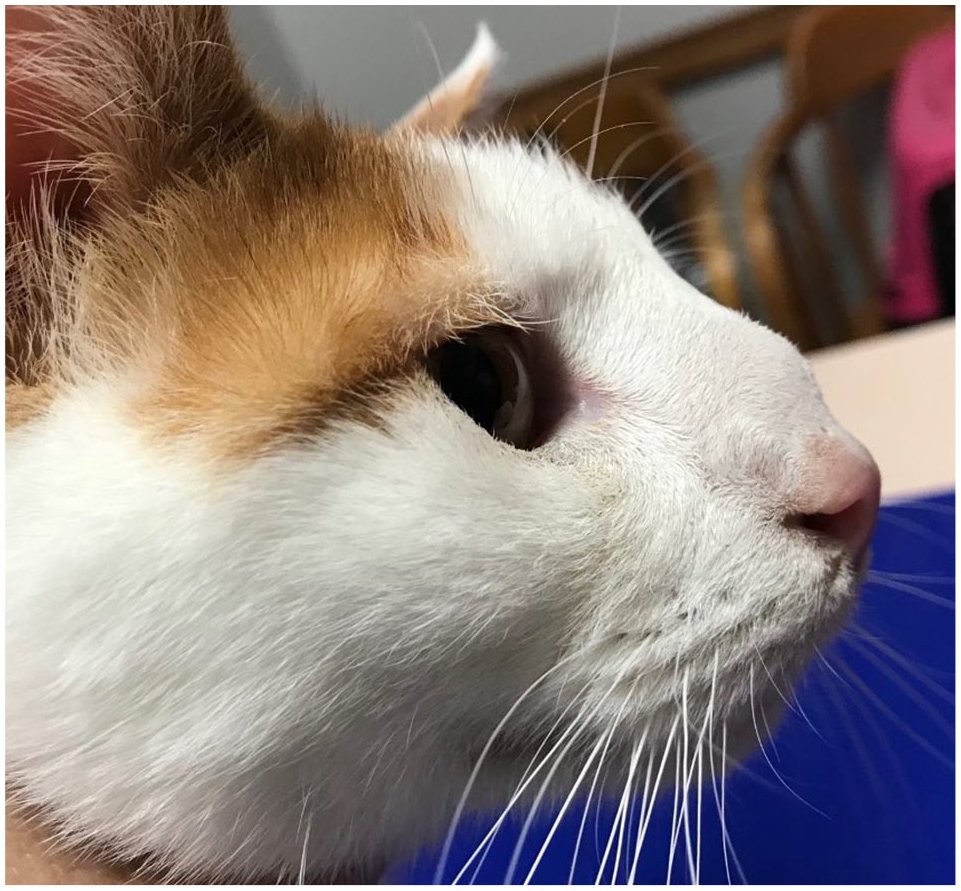
Invasive Fungal Rhinitis With Adnexal Involvement Caused By Histoplasma Capsulatum In A Cat From A Non Enzootic Location

Facial Distortion Due To Chronic Inflammation Of Unknown Cause In A Cat
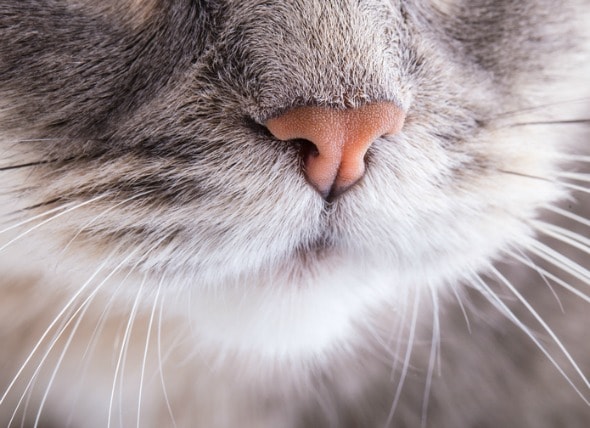
Nose And Sinus Inflammation In Cats Petmd

Feline Rhinitis And Upper Respiratory Disease Today S Veterinary Practice

Feline Rhinitis And Upper Respiratory Disease Today S Veterinary Practice

Complete Clinical Response To Combined Antifungal Therapy In Two Cats With Invasive Fungal Rhinosinusitis Caused By Cryptic Aspergillus Species In Section Fumigati Sciencedirect

Area Of Alopecia Caused By Microsporum Canis Infection In A Cat Download Scientific Diagram

Invasive Fungal Rhinitis With Adnexal Involvement Caused By Histoplasma Capsulatum In A Cat From A Non Enzootic Location
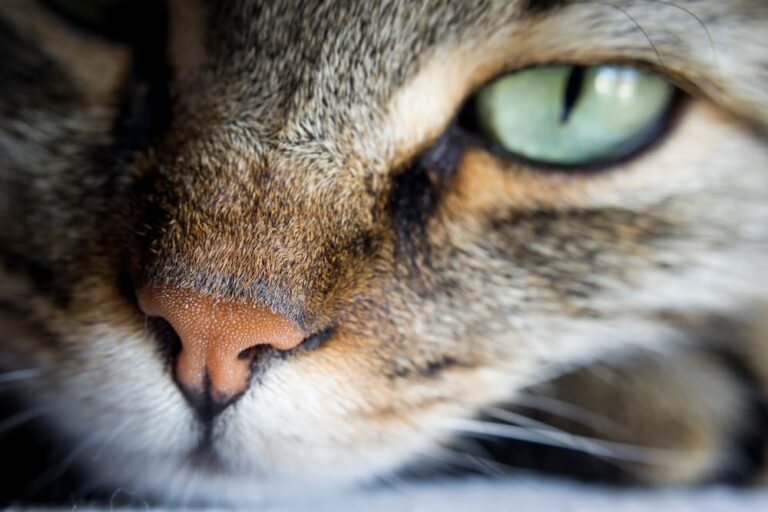
Cat Dry Nose Causes And How To Help Great Pet Care

Rhinosinusitis In Companion Animals

Chronic Rhinitis In The Cat Veterinary Clinics Small Animal Practice

What Is Feline Rhinitis Lovetoknow

Cat Sinus Infection Home Remedies

Feline Rhinitis And Upper Respiratory Disease Today S Veterinary Practice


